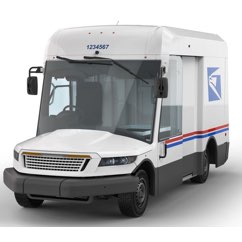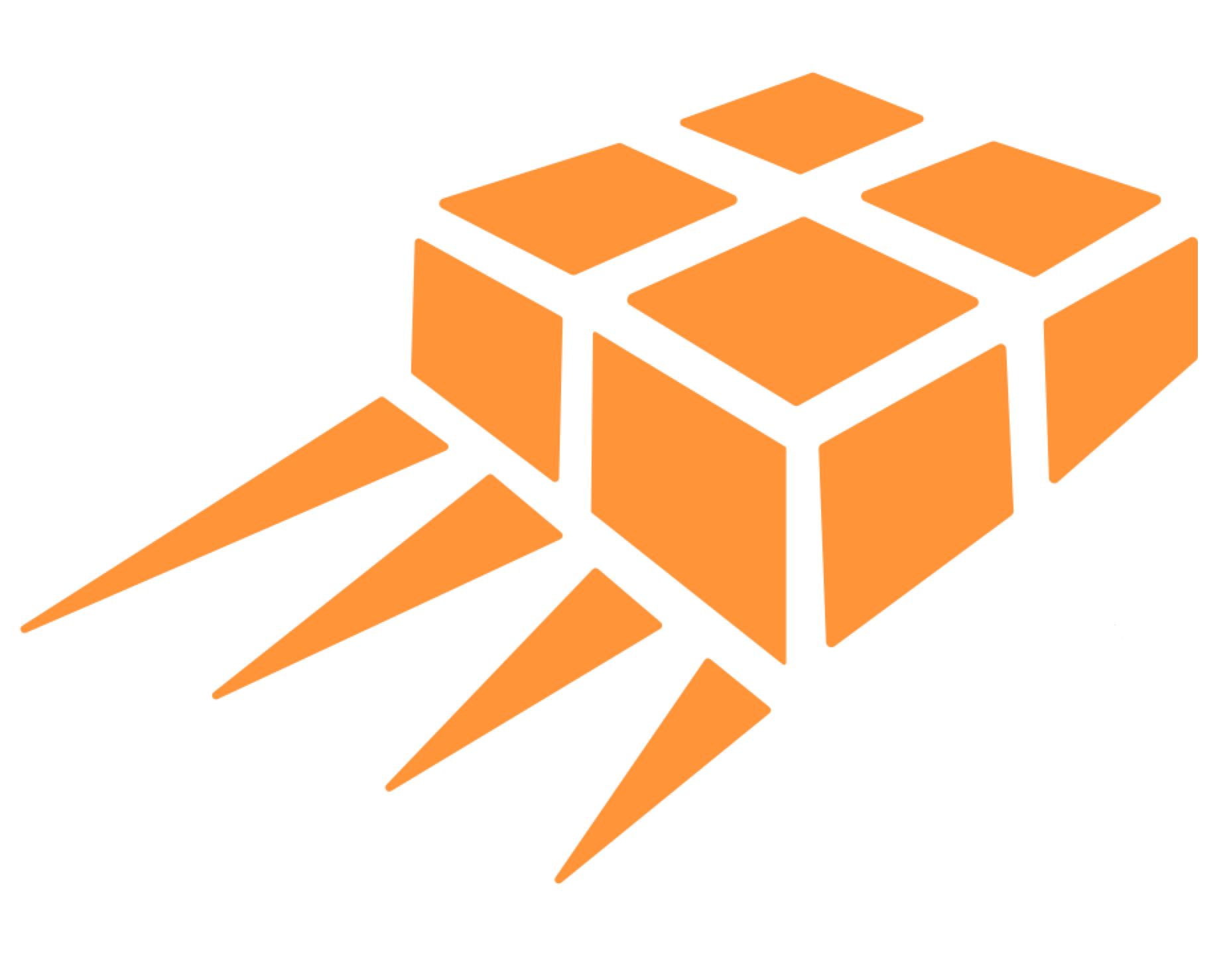
International E-commerce: 5 Things to Know About USA Parcel Delivery
E-commerce sellers are increasingly looking to ship their online orders direct to the USA. Using various Section 321 entries, most orders valued under $800 USD can be imported duty free to the USA.
For international e-commerce sellers seeking direct injection parcel flows to the USA, there are four basic facts to consider:
1. There are only three nationwide USA parcel delivery options
- United States Postal Service
- United Parcel Service - UPS
- FedEX
- Update: Amazon is clearly another delivery option but only if you use FBA
Disclaimer: The information in all Jet Worldwide online content, including this post, is for general information only and is not intended to, constitute legal and/or tax advice. All liability with respect to actions taken or not taken based on the contents of this site are hereby expressly disclaimed. The content on this posting is provided “as is”; no representations are made that the content is error-free.
2. The United States Postal Service Offers the lowest parcel delivery costs for small shippers:
Basic Retail Parcel Delivery Options:
- Priority
- Standard
- Parcel Select (not presorted)
- Global Direct Entry
Parcel Select (non-presort) and Standard Post are essentially the retail and online versions of the same service. Many international sellers are pre-labeling their orders with USPS labels using Global Direct Entry or via a USPS reseller.
3. To obtain the lowest possible pricing, e-commerce companies often choose resellers of USPS Parcel Select service
The USPS offers "cost sharing discounts" to companies who can inject pre-sorted parcels directly into the postal system. The deeper level of injection to the final delivery station (Destination Delivery Unit), the higher level of discount.
Parcel Select vendors consolidate, sort and transit parcels to various postal injection points. Large volumes are needed to ensure consistent capacity, frequency of service to USPS injection points and low unit handling costs.
USPS Parcel Select Resellers include:
- FedEx Smartpost
- UPS Surepost
- DHL Global Mail
- Newgistics
- OSM Worldwide
Parcel Select: The largest parcel delivery service that most have never heard of....
- Parcel Select delivers millions of parcels per day for FedEx, UPS and DHL
- Parcel Select volume exploded and service has suffered
4. Large volume parcel shippers can expect costs between $2 and $5 per parcel
Based on quarterly financial reporting and industry experts, Surepost and Smartpost have a revenue per parcel (via Parcel Select) of around $3.00
Analyst estimate that Amazon pays around $3.00 per delivery
When negotiating with Parcel Select vendors it is best to "negotiate up" from the average revenue of $3.00 versus "negotiating down" from inflated published tariffs
- FedEx/ Smartpost has traditionally been less expensive than Surepost
- It has been reported that UPS/ Surepost has recently been offering more aggressive discounts.
- UPS, for their part, claims to have a higher quality service by utilizing their ground network for transit to USPS injection points
4. The Advantage of Section 321
What is Section 321?
US Customs allows most individual orders valued under $800 USD to be entered and cleared duty free into the USA. This entry type is known as a Section 321 Informal Entry. Using this entry type, importers can consolidate all their qualifying orders under one entry without H.S. Codes and benefit from duty free entry.
Most goods cleared via a section 321 informal entry are imported under Part 128 of the Code of Federal Regulations (CFR). As such, they are imported to facilities with port codes that define them as Express facilities or ECCF's. Many express operators are also able to clear via freight facilities (with section 321 processes) known as a Container Freight Station or CFS.
For importers who have H.S. codes, it may be best to use a Section 321 "type 86" entry. Using this entry type, goods can be imported via traditional methods using the Automated Broker Interface or ABI system.






